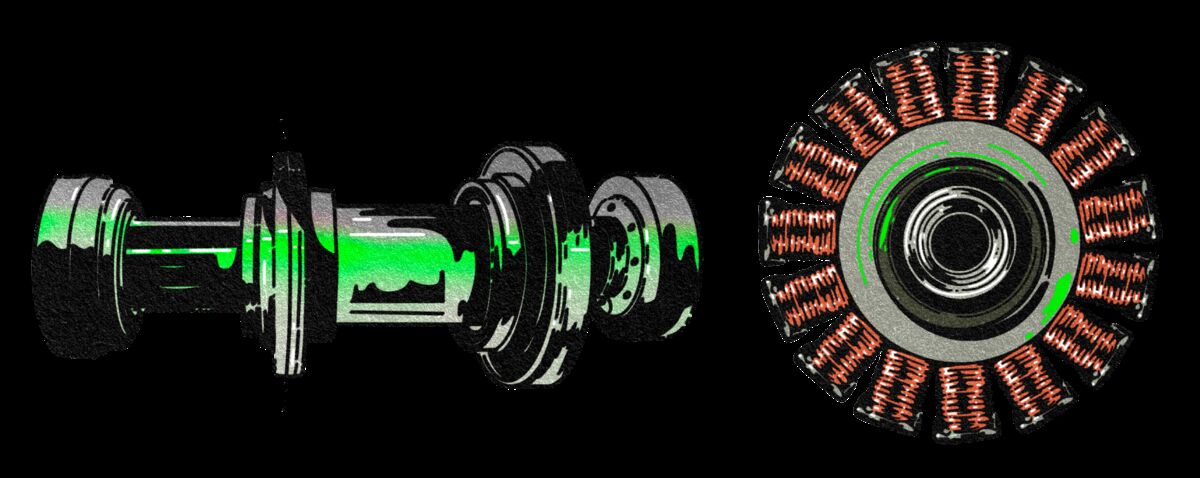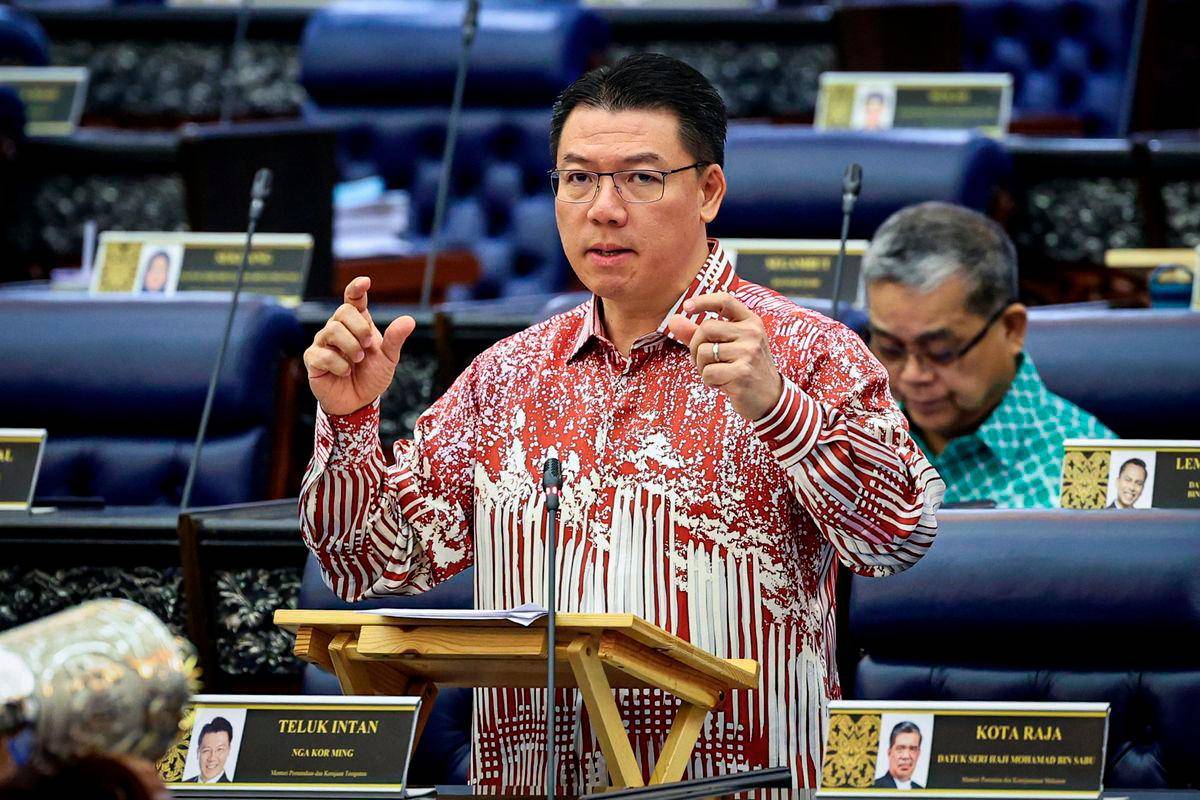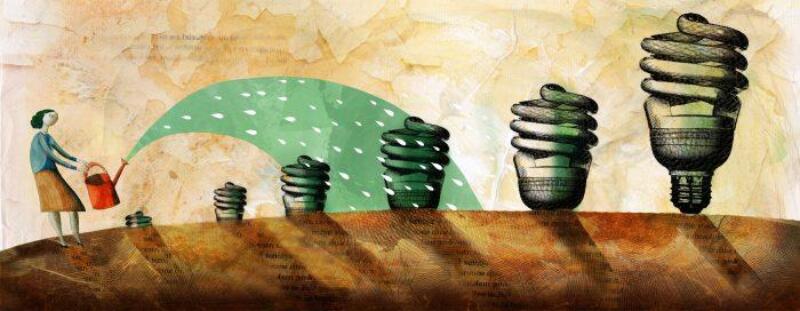Summary
Countries with the most renewables have become vulnerable to outages. Why are so few investing in grid-stabilizing tech?.
Source: bloomberg

AI News Q&A (Free Content)
Q1: What are grid-stabilizing technologies, and how do they support renewable energy integration?
A1: Grid-stabilizing technologies refer to systems and technologies that enhance the reliability and efficiency of electricity grids, especially as they integrate renewable energy sources. These technologies include advanced metering infrastructure, smart distribution systems, and energy storage solutions. They help manage the variability and unpredictability of renewable energy sources like solar and wind by balancing supply and demand in real-time, thus maintaining grid stability.
Q2: How does the concept of a smart grid differ from traditional electrical grids?
A2: A smart grid is an advanced electrical grid that uses digital communication technology to detect and react to local changes in usage. Unlike traditional grids, smart grids enable two-way communication between the utility and its customers, facilitating better demand-side management, improved energy efficiency, and integration of renewable energy sources. Smart grids can also monitor and control residential devices to optimize energy consumption during peak and non-peak hours.
Q3: What are the benefits of using deep learning techniques for renewable energy forecasting?
A3: Deep learning techniques, such as Convolutional Neural Networks (CNN) and Long Short-Term Memory (LSTM) networks, have shown promising results in renewable energy forecasting. These methods improve the accuracy of short-term load and energy production forecasts, which are crucial for grid stability. They help grid operators anticipate supply and demand fluctuations, optimize energy storage, and ensure the efficient use of renewable resources, ultimately enhancing grid reliability.
Q4: What challenges do countries face when investing in grid-stabilizing technologies?
A4: Countries investing in grid-stabilizing technologies face several challenges, including high initial costs, technological complexity, and regulatory barriers. Integrating these technologies requires substantial upgrades to existing infrastructure and coordination across multiple stakeholders. Additionally, there may be resistance to change from traditional energy sectors, and the need for skilled personnel to manage and maintain these advanced systems.
Q5: Why is spatial correlation important in assessing power grid robustness with renewable energy?
A5: Spatial correlation refers to the degree of similarity in renewable energy outputs across different locations. It plays a crucial role in assessing power grid robustness because highly correlated outputs can lead to simultaneous drops or surges in energy supply, challenging grid stability. Understanding spatial correlation helps in designing grids that can better withstand these fluctuations, ensuring reliable power delivery.
Q6: How do grid-stabilizing technologies contribute to the reduction of carbon footprint?
A6: Grid-stabilizing technologies contribute to reducing carbon footprints by optimizing the integration and use of renewable energy sources, which have lower carbon emissions compared to fossil fuels. By improving grid efficiency and reliability, these technologies enable more renewable energy to be used, reduce reliance on carbon-intensive backup power sources, and minimize energy wastage, thus lowering overall emissions.
Q7: What role do smart meters play in modernizing the electrical grid?
A7: Smart meters are integral to modernizing the electrical grid as they provide real-time data on energy consumption, enable two-way communication between utilities and consumers, and support demand response strategies. By offering insights into consumption patterns, smart meters help utilities optimize energy distribution, reduce peak demand, and enhance customer engagement in energy-saving practices.
References:
- Lecture Notes on Grid Modeling of Renewable Energy
- Smoothing effect for spatially distributed renewable resources and its impact on power grid robustness
- Load and Renewable Energy Forecasting Using Deep Learning for Grid Stability
- Electrical grid
- Smart grid





